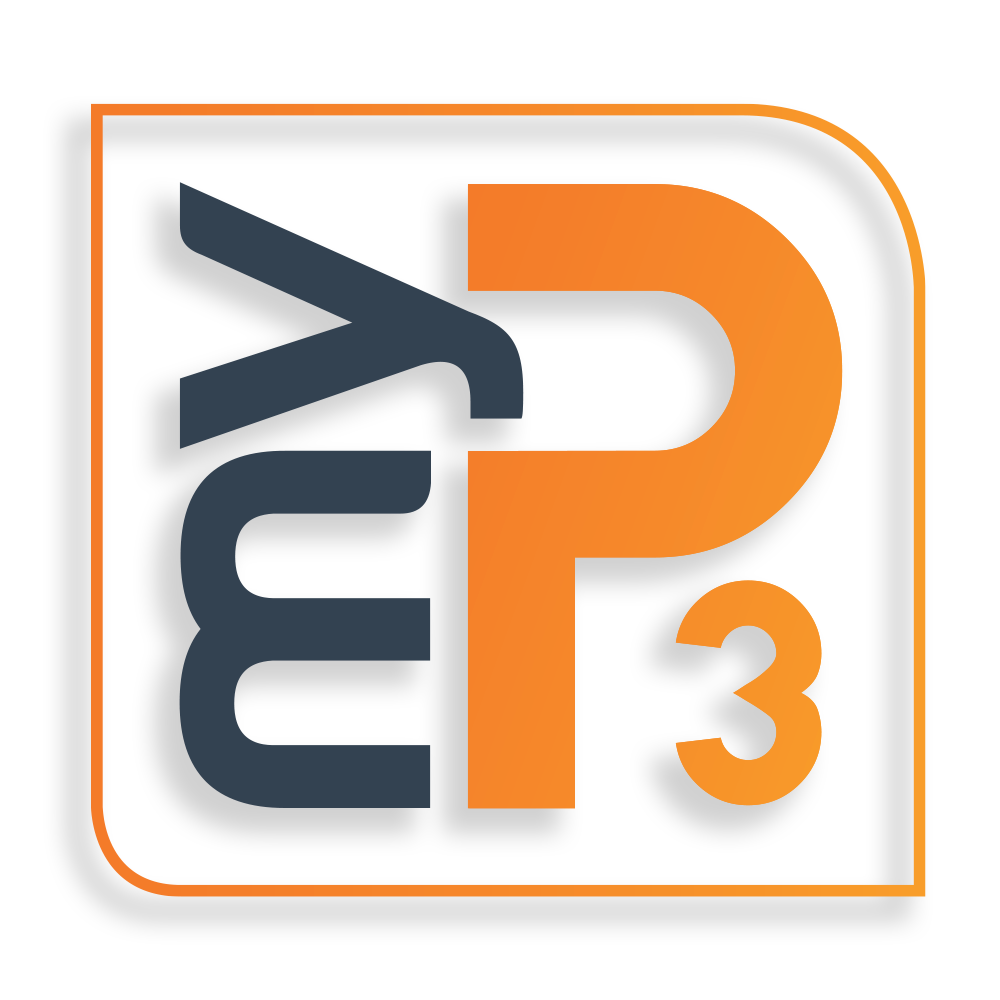Introduction:
New ideas for potential future investments may come from changes in organisational strategy or an evolution of internal business needs. Organisations need to consider these ideas for inclusion in the investment pipeline. This process requires a consistent set of information that briefly describes each idea’s contribution to strategy, organisational value and specific criteria at a high-level. Information is documented in an Initiative Proposal for each idea and then prioritised for inclusion in the portfolio. The process is foremost conducted annually to coincide with a budgetary funding cycle.
Problem:
A resources sector company operating across Queensland had a broad list of new project ideas (initiatives) that were not formally documented to justify inclusion within their annual portfolio funding cycle – which was timebound.
myP3 had previously developed and implemented the client’s new streamlined process and tools to manage the entry of new ideas through the portfolio definition cycle (to understand, categorise and prioritise). While extensive training had occurred, their limited hands-on experience required more time than was available before the annual portfolio creation deadline.
Facing time and resources constraints, the company opted to engage myP3 to undertake this critical piece of work to enable timely governance decisions on the Portfolio composition.
Objective:
myP3’s engagement objectives were to meet critical cut-off dates for delivery of quality Investment Proposals that clearly define the value of each initiative, to assess each for strategic contribution and delivery confidence, and to provide evidence-based rationale for suggested portfolio composition and prioritisation.
Overview:
The majority of twenty-six (26) potential initiatives were little more than an idea on a list or, at best, a brief paragraph outlining the concept. Each needed clarity as formal Initiative Proposals.
Respective business areas had elements of previously prepared supporting material that could help with outlining the problems and needs. myP3 commenced with a high-level analysis of this information to create a broad abstract for each potential investment and its perceived contribution to the client’s overall business strategy and potential benefits.
myP3 then engaged with nominated sponsors and key stakeholders to further define and understand each initiative’s objectives. Our consultation took the form of one-on-one interviews and group workshops, with outcomes captured in draft Investment Proposals, which we then validated through a minimum of three iterations for feedback and review.
Workshop discussions also covered the options for new solutions or opportunities for re-use of existing solutions across the business. These findings were then validated with various expert technical teams to confirm technology considerations for extending existing systems, and general concerns and measures needed for introduction of new solutions.
With this evolving clarity, indicators for each initiative’s profile for scale, cost, approach, risk and other information could be articulated at a sufficient estimate level.
The suite of final Investment Proposals produced by myP3 were intentionally concise and expressed in a two-page artefact including:
- Initiative Overview (the key drivers and the future state expected from the investment)
- Business Need (critical gaps, core needs, lack of capability and the impact of these)
- Proposed Capability (key capabilities, core requirements and outcomes)
- Return on investment (ranking of ROI to hurdle rates)
- Strategic Contribution Dashboard (assessment of alignment to the key strategic drivers)
- Indicative Benefits (provide descriptions of all tangible and intangible benefits)
- Recommendations (approvals, stakeholders, process to follow, funding options & key assumptions)
- Delivery Approach (proposed project stages, key products/deliverables and timing)
- Delivery Parameters Dashboard (ratings and indicators for risk, cost, dates, internal effort)
- Business Planning Building Blocks (match to current top-level business planning elements).
myP3 then assessed each Investment Proposal for its achievability including financial, technical and resource constraints, its overall delivery confidence, and its strategic value.
We then conducted a comparative analysis across all proposed initiatives to inform the suggested portfolio composition.
Governance briefing pre-read packs were then prepared along with a first draft of a suggested master plan for the portfolio. This was supported with evidence-based rationale. To further assist, we prepared prioritisation dashboards to enable the inhouse PMO to facilitate the prioritisation process.
Outcome:
Governance decision-makers, when considering portfolio investment, had confidence that the preparatory work was comprehensive, informative, and included substantial stakeholder consultation.
The organisation was able to meet the required outcome for portfolio definition by the critical due date.
The PMO and involved stakeholders gained valuable experience and knowledge transfer in the new end-to-end portfolio definition lifecycle.
